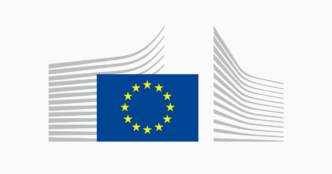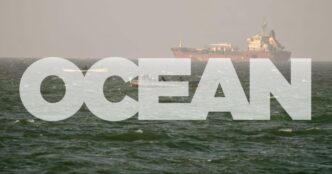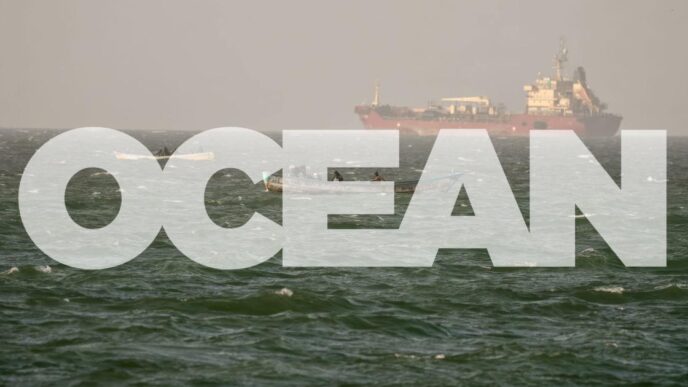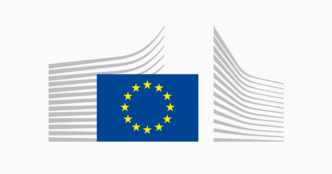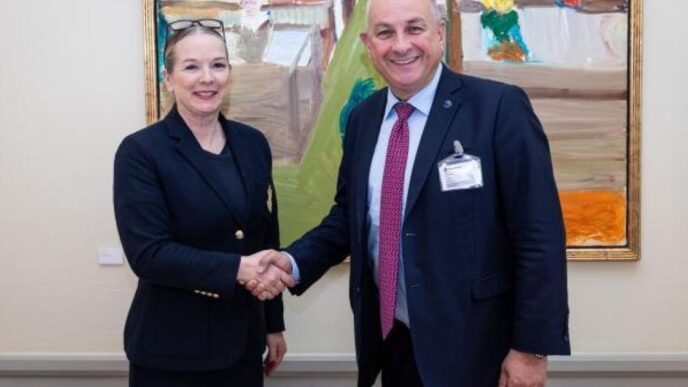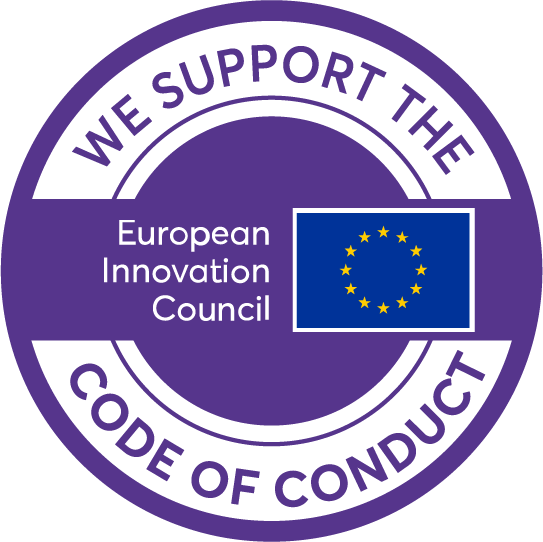Today, the European Commission is presenting its Annual Report on Taxation (ART), providing a comprehensive overview of the current state of taxation in the EU.
The key findings include:
- Tax revenues in the EU-27 decreased to 39% of GDP, the lowest ratio since 2011. The decline is mostly driven by lower revenues from environmental and property taxes.
- The EU-27 tax mix remained mostly stable over the last decade, though with labour tax revenues decreasing to 51.2%, consumption tax revenues decreasing to 26.9%, and capital taxes increasing to 21.9%, due to higher company profits.
- Member States reported close to 500 tax reform measures for 2024, aiming to generate revenue, ensure fairness, sustainability, and investment.
- Compliance gaps remain a concern, with VAT revenue losses estimated at €89bn (for 2022) and corporate income tax losses estimated at €40bn (in 2018). These are substantial losses in a time when public deficits and debt remain high.
- The report shows that, tax audits collect additional revenues and can increase compliance. Compliance is also fostered when tax administrations work digitally, so citizens and businesses can submit their tax declarations online. In 2022, tax authorities in the EU made 10 million audits collecting €105 billion in extra revenue for public spending.
- An ageing population will increase the pressure on tax systems due to increased expenditure and a reduced workforce. Member States may need to shift away some burden from labour taxation towards other revenue sources. Additionally, an ageing workforce may also pose a challenge for the business continuity in tax administrations where increasingly the average age of staff is moving closer to retirement age.
Current EU Action
The European Commission is employing different instruments to address the key challenges laid out in the report. For instance, the European Semester makes Member State specific recommendations to call on Member States to address imbalances in their tax mix, for example, by reducing reliance on revenues from labour taxation. Several of these recommendations have been followed up under the Resilience and Recovery Facility. The collaboration between EU Member States in tax matters is strengthened through the Directive on Administrative Cooperation (DAC) and the Fiscalis Programme, which together enhance transparency, combat tax evasion, and foster mutual assistance. A further example is the Technical Support Instrument (TSI) which provides targeted technical assistance, expertise, and funding to modernise administrative capacities and align national frameworks with EU priorities, thus future-proofing Member States tax systems. EU level measures include also the VAT in the Digital Age (ViDA) initiative which aims to address key challenges in the current tax system by modernising VAT processes through digitalisation and harmonisation.
Background
The Annual Report on Taxation is a review of taxation policies in all EU countries. The report’s indicator-based analysis assesses recent trends in EU tax systems and identifies how tax policy, implementation or compliance could be improved.
